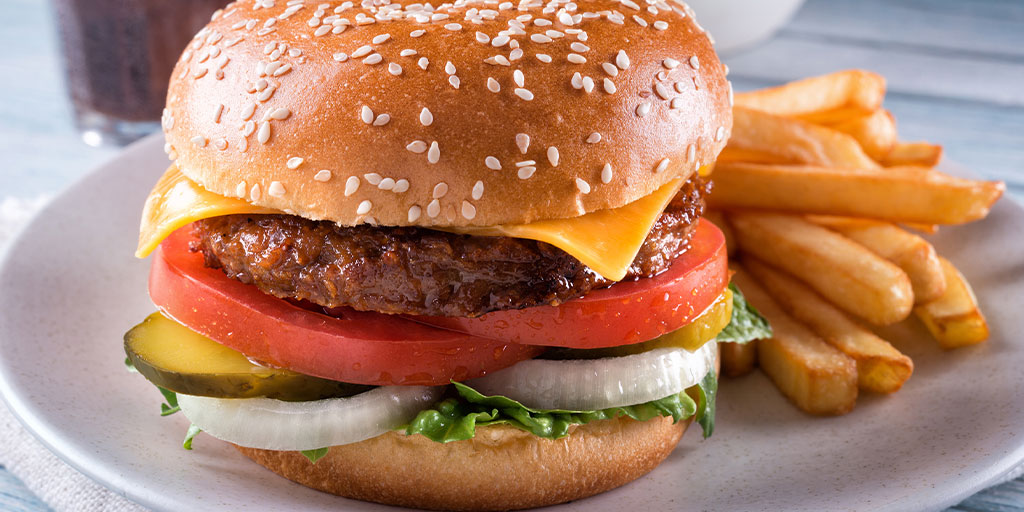Plant-based meat has been all the rage of late, with Beyond Meat and the Impossible Burger hitting the fast food circuit. It’s not just vegetarians eating them either. Veggie burgers are not new, they’ve been around for decades. But the technology keeps changing and innovation is as active in food as anything.
The next big thing in food could very well be cellular agriculture. In other words, lab-grown meat. It’s a chicken farm, without the chickens. Growing the meat comes from the process of taking cells that make muscle cells directly from the animal and cultivating the cells in a nutrient-rich, broth-like, solution to become meat. Got that? It’s a little hard to swallow, I know. Ok, that was an obnoxious joke.
Meat grown in the lab is also being called “clean meat.” Cellular agriculture grows agricultural products, like meat and milk, from cell cultures in a laboratory. This innovative process basically eliminates the need to use livestock to obtain the same meat products. Cellular agriculture is being looked at in some circles as ultimately a possible replacement to the standard farming system. Instead of raising a cow from birth for milk and meat, cellular agriculture would provide an alternative way to get the exact same real product without all of the costs and resources associated with raising livestock. Raising cows requires substantial water and acreage and is expensive. Lab-grown meat is being billed as a sustainable solution, which is better for the people, better for the environment and better for the animals.
Scientists already know how to grow cells, that’s not an issue. The real challenge is the fact that a pile of cells doesn’t have the chewy texture of a chicken breast or steak. Cells without a support are more like a soup. That is unlikely to inspire much demand. So they’re working on the structure to remove liquid and blend the fibrous tissue to look and taste more like actual meat. The initial products are coming in the form of chicken nuggets and hamburger, but the goal is to replicate every cut of meat in the lab. There’s a start-up in San Francisco that is working on bringing Wagyu beef to the market from the lab.
It’s an expensive venture at the start, which is generally the case with any innovative concept. But Moore’s Law still applies to science and technology. It cost over $300K for a lab-grown burger in 2013. Costs have steadily declined, but will need to continue if meat from the lab is going to reach the masses. Who knows, our food in the decades ahead might just come from a 3D printer. The fact is, food has innovated and evolved throughout human history. That’s not going to change.
The fastest population growth is in Asia. They are experiencing a large number of people entering the middle class for the first time. Demand for more protein in their diets is spiking too. It is estimated that demand for meat will jump from 65 billion animals today to 100 billion in 2050. Meeting that demand presents challenges. It will likely be attractive for certain regions to be able to consistently produce a large amount of meat in smaller areas. And the younger generation is proving they want cleaner and more sustainable food sources. The carbon footprint is a big theme. There’s also the issue of overfishing the oceans to meet the strong and growing demand for seafood. Tuna and Mahi Mahi might be up next in the lab.
We’re always looking for innovative themes to see what the future holds. Lab-grown meat is one of our moonshot themes for the decade ahead. It’s all very investable.
Have a nice weekend. We’ll be back, dark and early on Monday.
Mike







